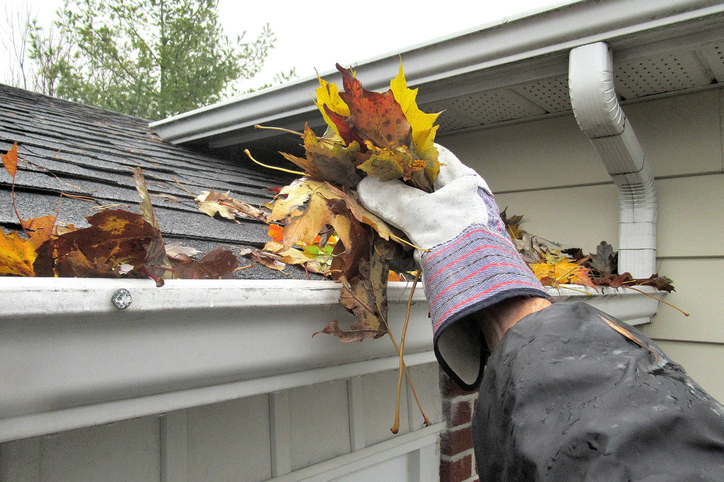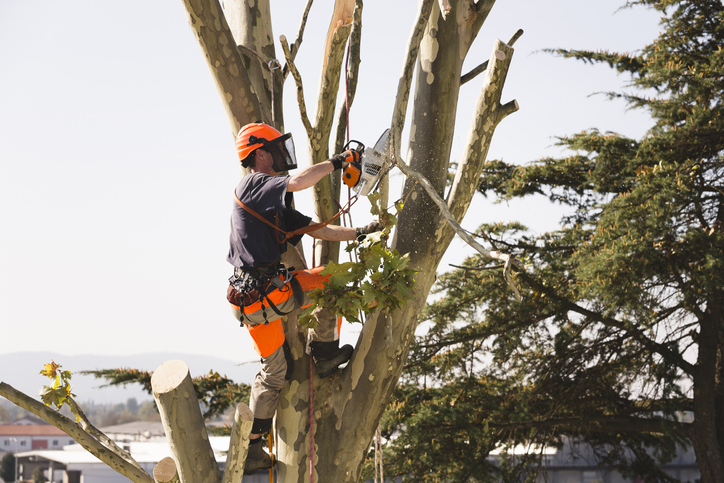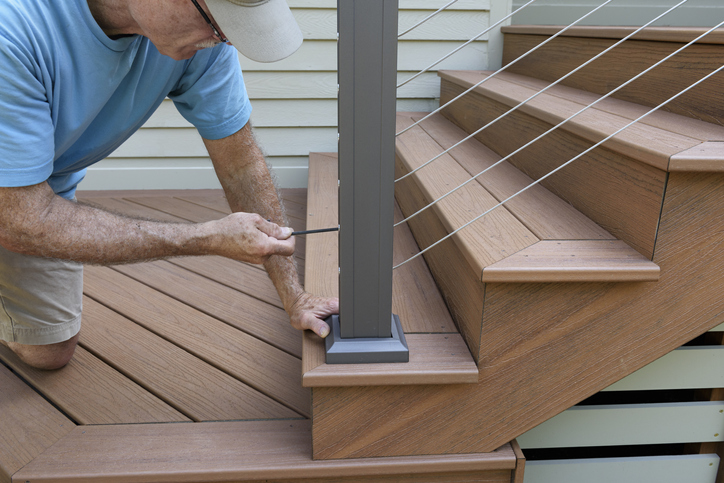Winter weather means the chance for winter accidents. Some people don’t think that their home needs to be prepped for the winter or they only know the basics of prepping. Bleiler Insurance wants to make sure when the snow comes, you’re not left out in the cold. Here are just a few tips to get your house ready for the winter to make sure you and your family are safe.
 Getting the Outside PreppedClean out the gutters. Fall means that there are going to be all kinds of sticks, leaves, and other various debris stuck in the gutters. If the gutters are clogged, the water, from melting ice and snow, won’t have anywhere to go but into the house. This will cause various leaks and water damage to the interior of the house.
Getting the Outside PreppedClean out the gutters. Fall means that there are going to be all kinds of sticks, leaves, and other various debris stuck in the gutters. If the gutters are clogged, the water, from melting ice and snow, won’t have anywhere to go but into the house. This will cause various leaks and water damage to the interior of the house. Getting the Outside PreppedGutter guards can really save you a lot of time and headaches in the future. When you get the gutters cleaned out install gutter guards to help prevent more leaves and sticks from building up in the gutters. The guards will just let water into the gutters.
Getting the Outside PreppedGutter guards can really save you a lot of time and headaches in the future. When you get the gutters cleaned out install gutter guards to help prevent more leaves and sticks from building up in the gutters. The guards will just let water into the gutters. Getting the Outside PreppedTrim the trees that are overgrown or dead. When the snow and ice start flying it will add weight to the trees. If the branches are dead or overgrown there’s a good chance it could break the branch. The branches could end up falling onto the house damaging the roof.
Getting the Outside PreppedTrim the trees that are overgrown or dead. When the snow and ice start flying it will add weight to the trees. If the branches are dead or overgrown there’s a good chance it could break the branch. The branches could end up falling onto the house damaging the roof. Getting the Outside PreppedGet the handrails and steps repaired before the snow and ice start. One wrong step could result in injury. If you try to grab onto a broken handrail it could break under the pressure of the snow. If you’re putting pressure on the broken section, and it breaks, it could also result in a serious injury.
Getting the Outside PreppedGet the handrails and steps repaired before the snow and ice start. One wrong step could result in injury. If you try to grab onto a broken handrail it could break under the pressure of the snow. If you’re putting pressure on the broken section, and it breaks, it could also result in a serious injury.- Getting the Inside PreppedInsulation can not only keep the heat in your home, but it saves money in the long run. When you don’t have proper insulation your house can’t keep the heat in so you ramp the heat up more trying to combat the cold. Extra insulation should be in basements, crawl spaces, and attics since these areas can get drafty the most.
- Getting the Inside PreppedCheck smoke and carbon monoxide detectors. With heating sources being active during the cold months there’s a chance for a fire or carbon monoxide issues. Carbon monoxide can go undetected until the symptoms are severe. The detector can find an issue before anyone gets sick.











